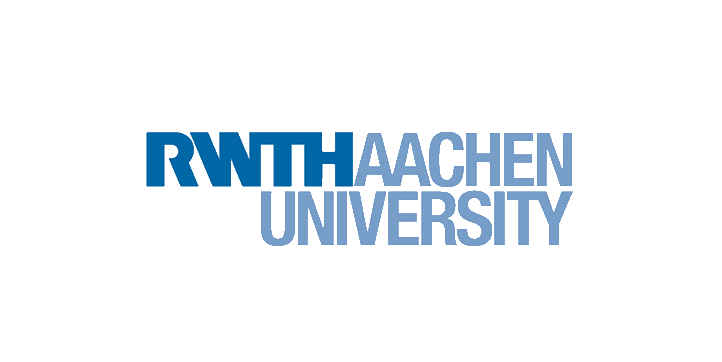RWTH: RWTH scientists again among the most cited researchers worldwide
Fabian Kießling has held the Chair of Experimental Molecular Imaging since 2008. Before that, he headed the Molecular Diagnostics Working Group and the Molecular Imaging Junior Group at the German Cancer Research Center in Heidelberg. Kießling researches imaging methods and (nano) diagnostics in order to better characterize diseases on a molecular and physiological level and thus to be able to adapt therapies to the circumstances in individual patients. He is considered a pioneer of volumetric area detector computed tomography, the motion model ultrasound localization microscopy (superresolution ultrasound) and molecular ultrasound imaging. All of the procedures mentioned allow a detailed characterization of the connective tissue and the blood vessels in tissues,
Twan Lammers oversees the teaching and research area for nanomedicine and theranostics at RWTH. In 2009 Lammers came to the Institute for Experimental Molecular Imaging as a working group leader and in 2014 took over the university professorship for nanomedicine and theranostics. Lammers received an ERC Starting Grant in 2012 and an ERC Consolidator Grant in 2019. He was also awarded two ERC Proof of Concept Grants in 2015 and 2018. His focus is on the field of pharmaceutical technology, the modulation of the tumor microenvironment, and the image-based and tumor-directed drug delivery.
The “Highly Cited Researchers” are determined from the publications that are among the first one percent of citations by subject and year of publication in the “Web of Science” citation index. The list includes those whose publications belong to the one percent of the most frequently cited publications in their field. In science, citations serve as an indicator of the importance of publications and are also seen as a measure of the quality of the work. The more often a text is quoted, the higher its visibility and thus the worldwide perception of the author.

